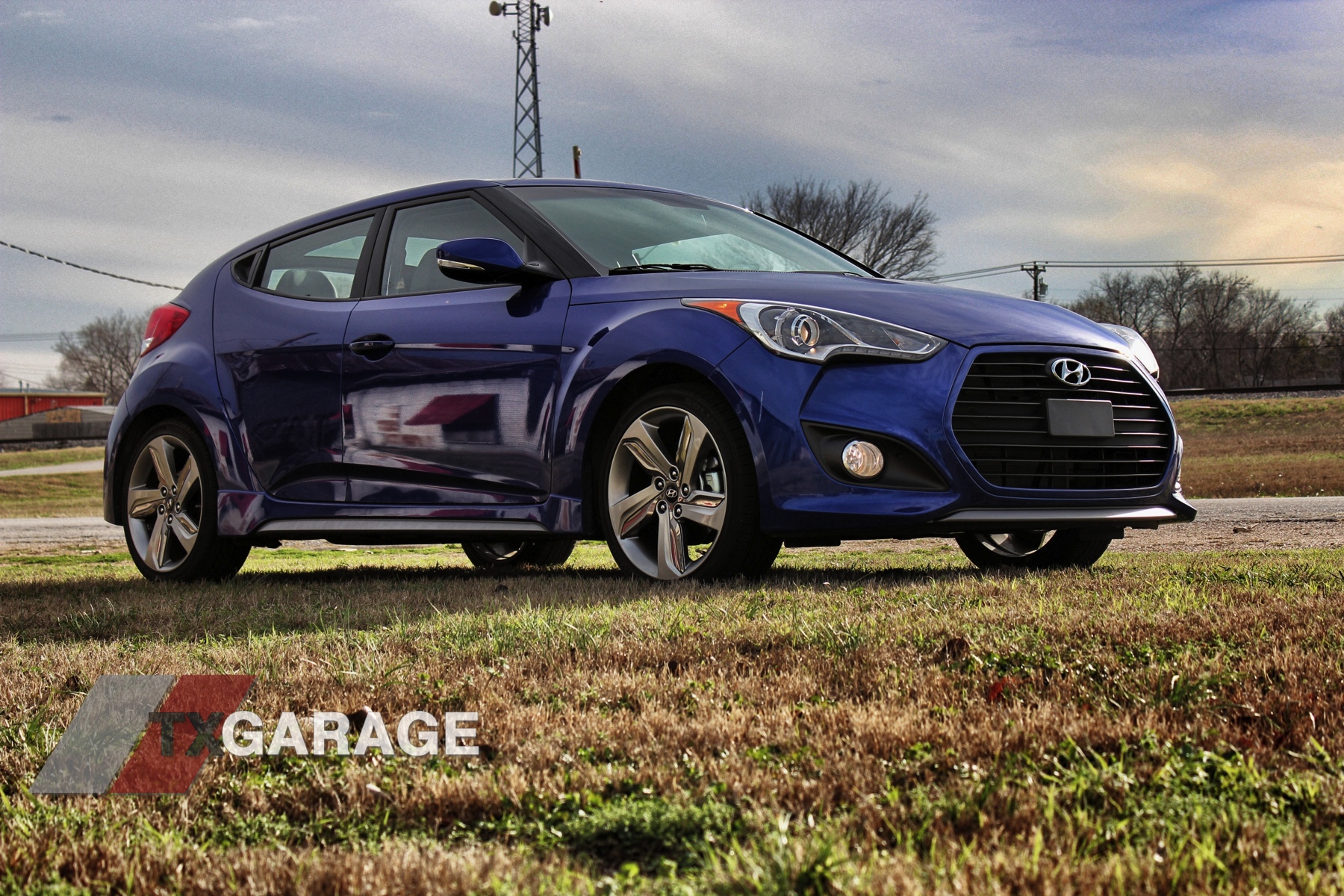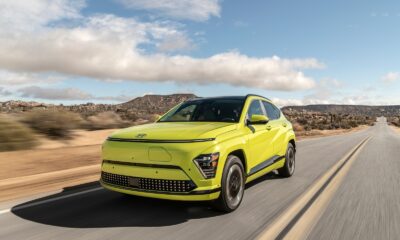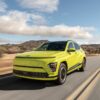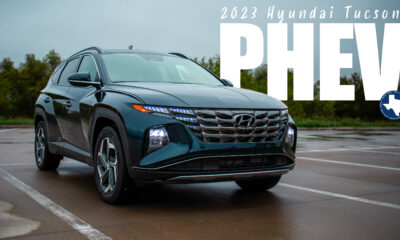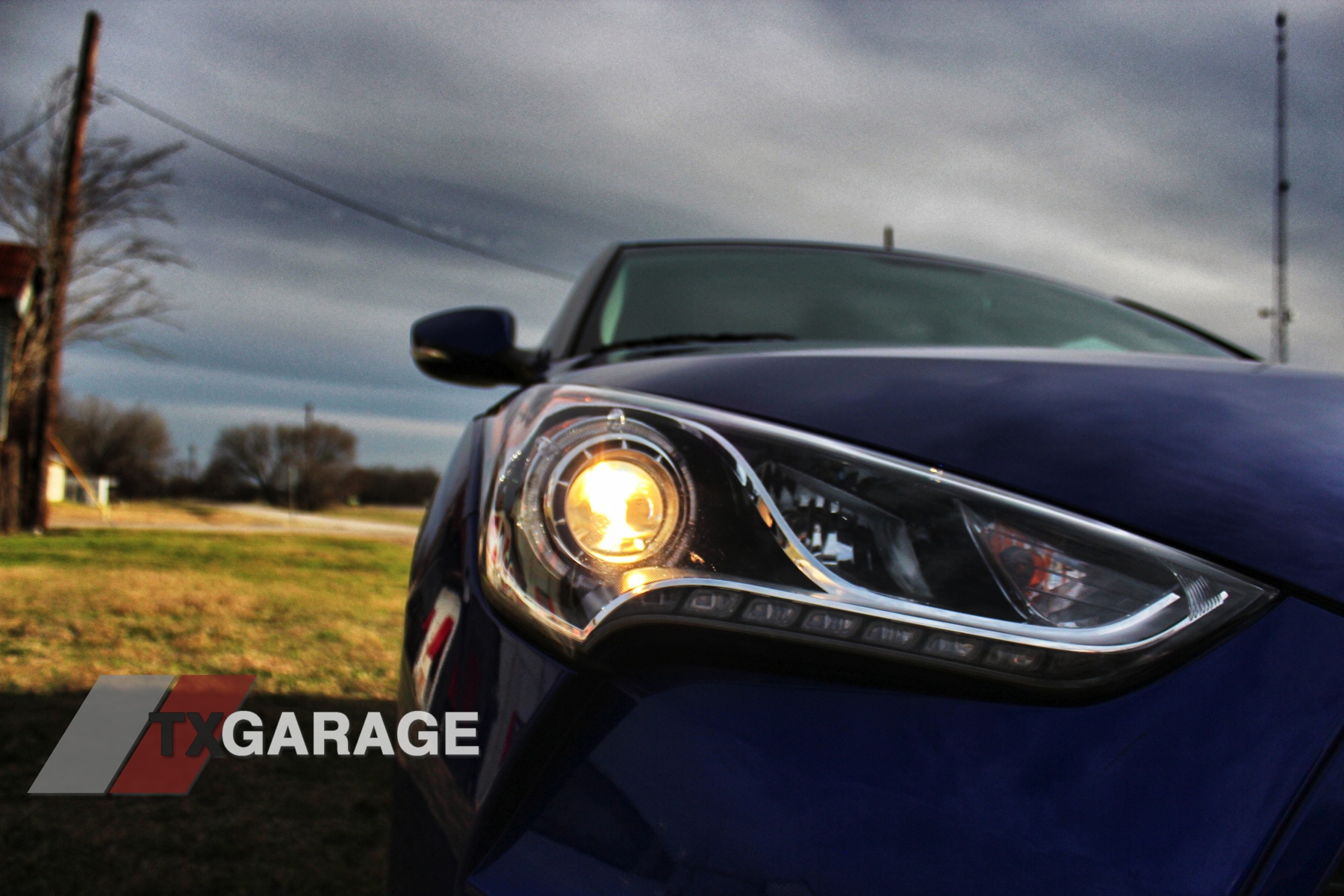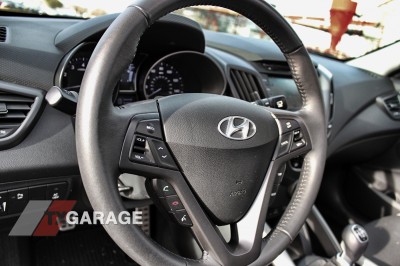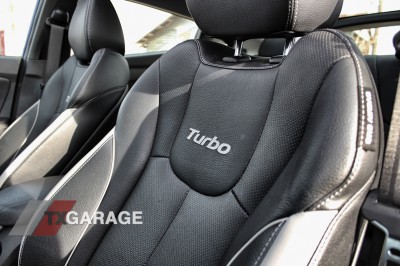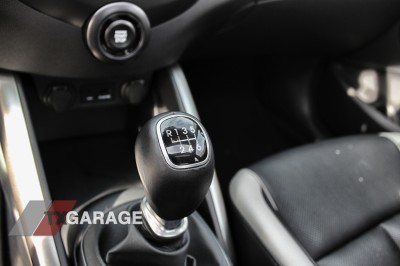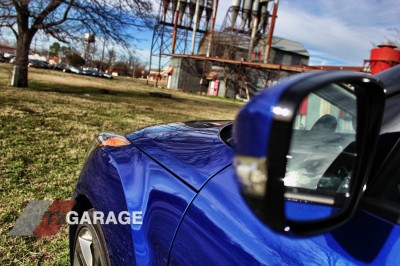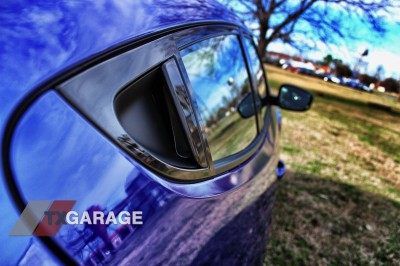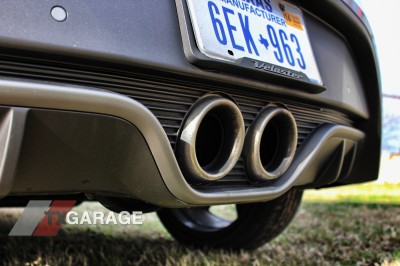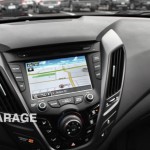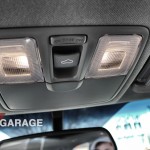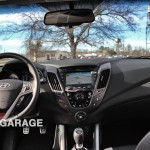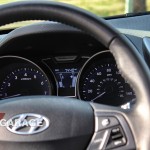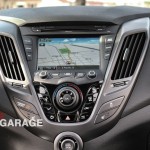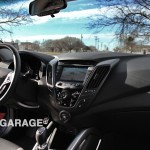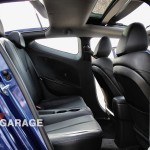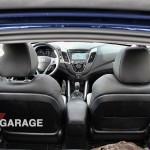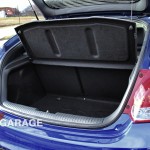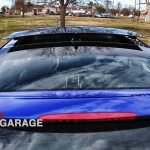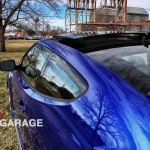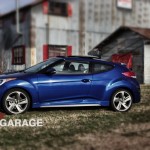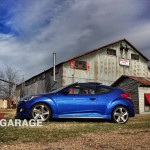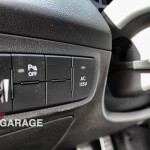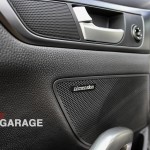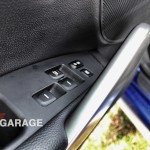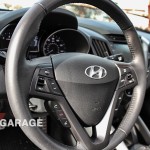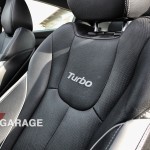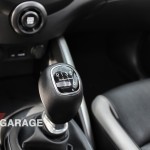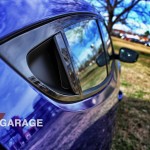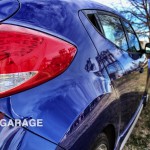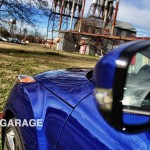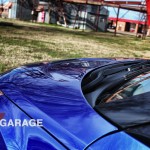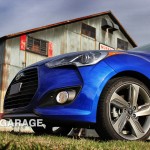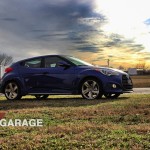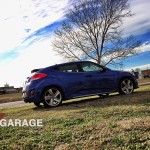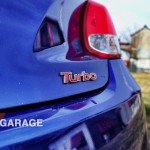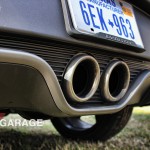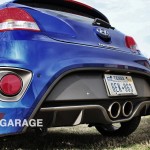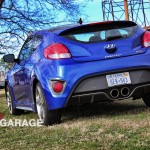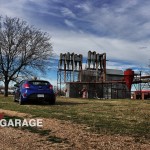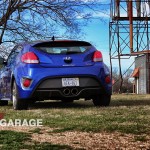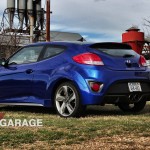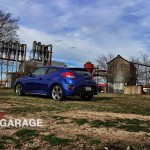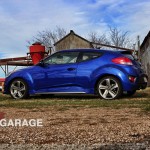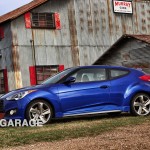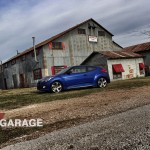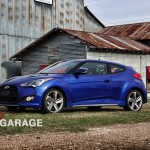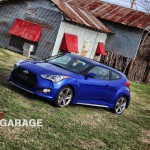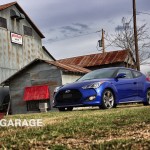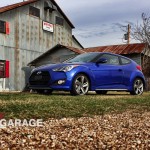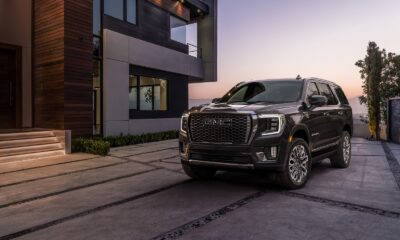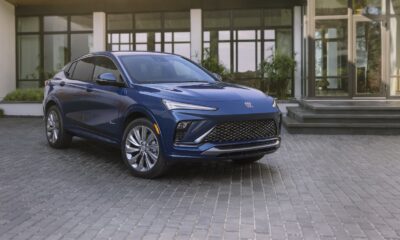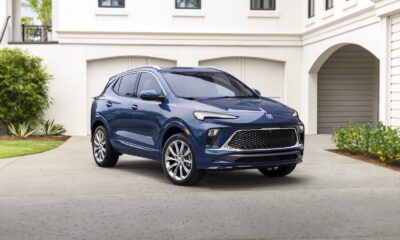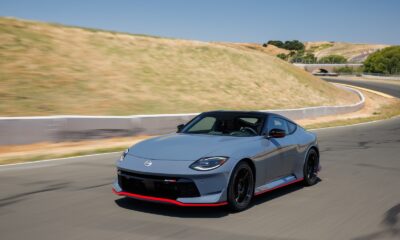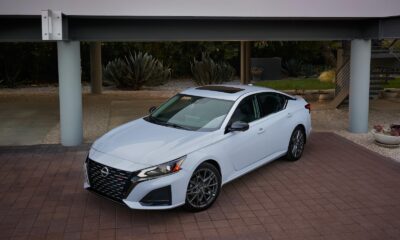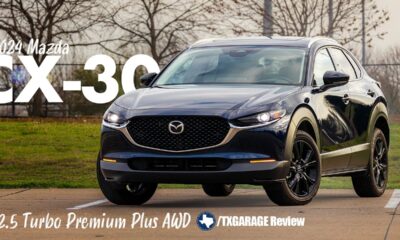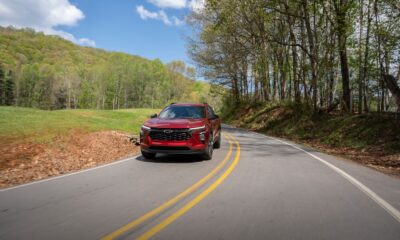Car Reviews
Full Review of the 2013 Hyundai Veloster Turbo M/T
When the Veloster first hit the market in 2012, we were excited. This is a unique, yet sporty looking hatch that brings some new ideas into the automotive market. One of those new ideas is a 3-door layout where the driver-side has one long door like a coupe and the passenger-side has 2-doors like most hatchbacks. It’s not every day or even every few years that you see a company step up and take a risk like this, shaking up the conventional wisdom. When we first reviewed the Veloster, we really liked it. It has always had cool and unique styling, a nice interior, and came with a lot of technology standard. What was is missing? Power.
That’s where the turbo model is supposed to fill the gap. We were excited when we heard the news and excited to get our hands on one. Well now’s the time. Let’s see if Hyundai has made a great hot-hatch or if they just added some power to a slow car.
Let us first take a look at the differences outside the car. You don’t want to buy a turbo edition of any car and have it look no different than the non-turbo; at least not in the world of hot-hatches. So with this new car you get a new front fascia with a huge gaping front grille and big fog-lights pushed out to the edges of the front end. Around the back, you get a bigger diffuser at the bottom of the rear bumper and the center exhaust changes to dual round tips. These few changes help amp up the sporty looks of the Veloster. Of course, you still get the 3-door setup, the short hatchback and full glass roof.
Inside hasn’t changed too much from the non-turbo model. You get the word turbo stitched into the leather bolstered seats. Our tester was equipped with a 6-speed manual transmission so we’ve got 3-pedals on the floor and a shifter poking out of the console. In the first Veloster we drove, the shifter felt pretty rubbery and lacked any mechanical feel. In this turbo model, it’s not 100-percent cured, but felt a lot better than the last one. The starter button is still located in the center of the dash, lowdown underneath the a/c controls. I’ve never been too enthusiastic about this location. I found myself, even toward the end of the week, reaching up toward the steering column to start the car. It’s not a big inconvenience, but it is a slight annoyance. I’m sure though if you own this car, it’s something you’d eventually just get used to.
Overall, the interior quality is pretty nice considering the starting price point of this car. Just like everything else Hyundai is putting out, they’ve focused a lot of attention to details and materials inside the cabin.
Technology inside the car includes Hyundai’s BlueLink system. This is much like the OnStar or MyFord Touch you’d find in GM and Ford brands. BlueLink will allow you to do everything from giving voice commands to navigation instructions, to emergency contact, and utilizing apps. One app available on all models of the Veloster is an eco-game called Blue Max. This game gives you 10-minutes worth of driving and calculates your score based on how economical you drive. At first it seems as sort of a gimmick, but it’s actually pretty addictive trying to beat out your previous score. It’s not just a fun way to save on fuel, but it also can train you to drive more economical. Of course, we are in a turbo’d car so we don’t want to spend too much time being economical.
So what did Hyundai decide to put under the hood when they decided to go turbo? They have a long running, and proven powertrain in the 2.0-turbo. This setup has been in the Genesis Coupe, Sonata, and even the new Santa Fe sports it, but instead of using this accessible engine, Hyundai decided to go with turbocharging the 1.6-liter engine. I’m sure that there were engineering decisions behind this, but it always seemed strange to me that they went in this direction.
It wasn’t that bad of a decision though as this engine pushes 201-horsepower and the whole car has a good power to weight ratio. That’s 63-horsepower more than the non-turbo car. You can definitely feel it, too. Slap this thing in first-gear, bury the accelerator pedal, and dump the clutch. You’ll find yourself screaming off the line with the front tires desperately trying to get some grip. A quick shift into second-gear can easily result in a chirping of the tires. This may not feel as quick as a new Focus ST, and it’s not, but the 201-hp you get from Hyundai feels much quicker than the 200-hp you get from a Scion FR-S. The power delivery is quick and it pulls you off the line with a sense of immediacy.
The downside side though is the steering. To be a more eco-friendly car, the Veloster has opted for an electronically controlled steering setup. This isn’t that bad in an eco-car or even a family sedan, but in a car trying to be a hot-hatch, like the Veloster Turbo, it just kills all the fun. Not only is it electric which kills feel, it’s also inconsistent. Speeding toward a corner, the steering can feel a little heavy and tight. As soon as you slow down to make the corner the steering becomes lighter and provides even less feel. You’re never able to tell how much lock you’ll need to execute a solid turn so you lose confidence in the cars sporty ability. This could be helped with more consistent and heavy steering. Even if it is still electronically controlled, consistency is everything. The funny thing is that in the new Santa Fe and in the Elantra you get a button that has this ability. Those vehicles are equipped with a sport button that firms up the steering and keeps it consistently firm. This should definitely be a feature offered in this car.
Well if this car if focused more on fuel economy than it is a sporty ride, how are we doing? The EPA rates the Veloster Turbo M/T with 24 City/35 Hwy. During our full week driving the car down high-speed Texas highways and twisty back-country roads we were averaging 31.1-mpg. That’s really not bad at all considering how we were driving it. We did take some time to play with the eco-game and managed a high score of 36,938. Now I have no idea if that’s actually good or not but that was the highest I managed.
So is this a hot-hatch worthy of buying? Our tester’s MSRP topped out at $26,520 which included just under $3,600 in added features. Even then you’re paying about $5,000 over the base Veloster. So what’s out there that would potentially compete with this car? Well we mentioned the FR-S before when we were comparing power. The FR-S is kind of the go to car for any sports or enthusiast related driving right now. While it’s true that the power in the Veloster Turbo seems to have more push than that of the FR-S, the steering feel keeps it one of my favorite sports cars on sale today. If you’re looking for a little more everyday usability though, the Veloster is a good option. What about another car we mentioned already? The new Ford Focus ST. We’ve spent a full week in that car as well – look for that review coming soon – and it’s no joke! Not to mention that the car we tested was only about $1,000 more than the Veloster Turbo, I really don’t see passing up the much more powerful, more fun to drive Ford.
- 2013 Hyundai Veloster Turbo Hot Hatch – by txGarage
- 2013 Hyundai Veloster Turbo Hot Hatch Glass Roof – by txGarage
- 2013 Hyundai Veloster Turbo M/T
- 2013 Hyundai Veloster Turbo by txGarage



